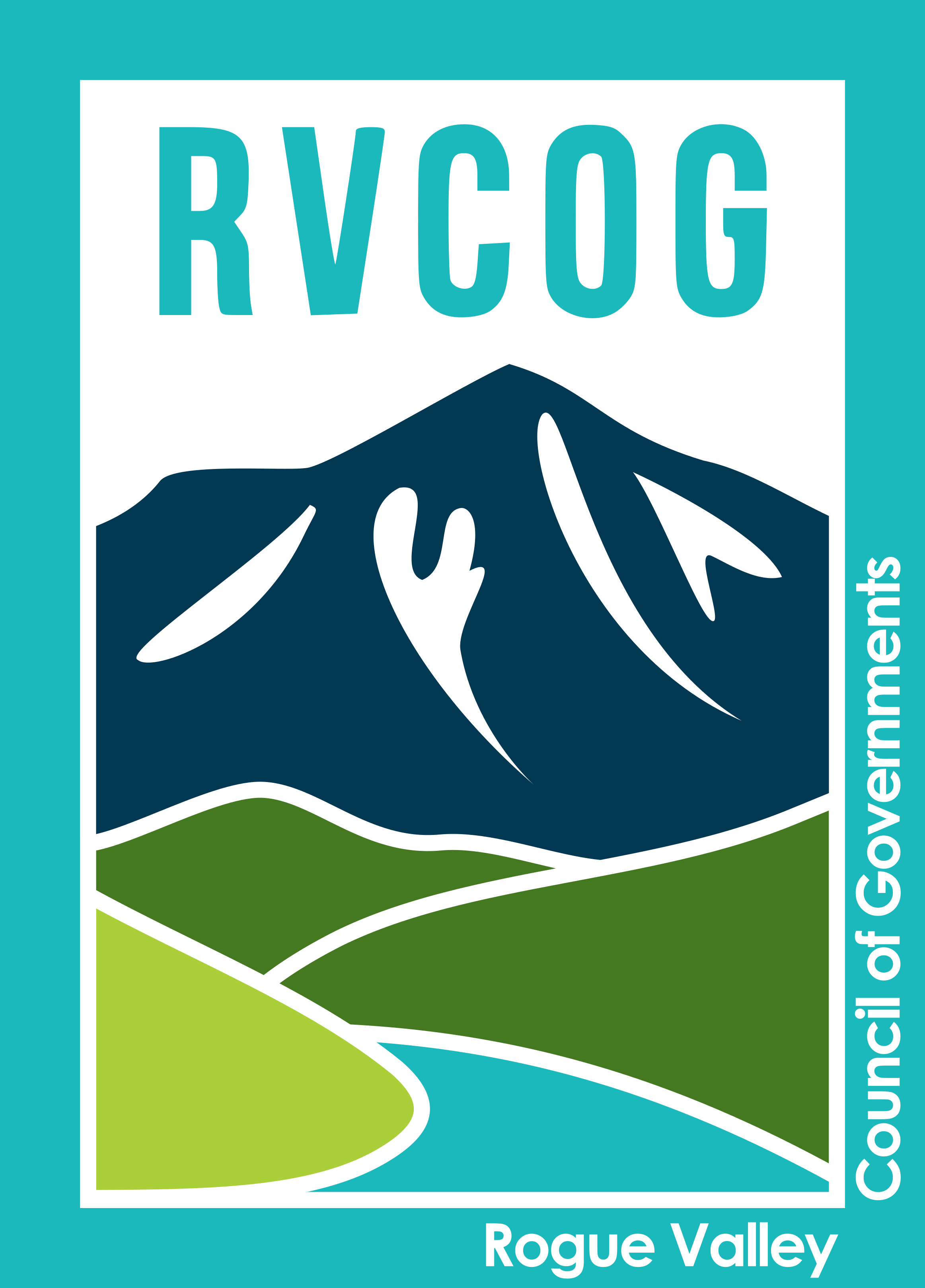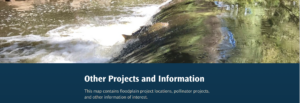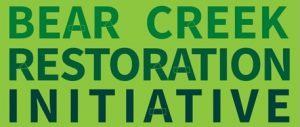Rogue Valley Council of Governments
The BCRI formed in early 2019, about 6 months after the Penninger Fire burned 123 acres along Bear Creek in Central Point. RVCOG convened a forum of interested organizations focused on restoring the Bear Creek riparian corridor as a unit. Through those discussions, the need for a meaningful dialogue among multiple sectors (such as law enforcement, emergency response, recreation, and social service providers that work with the unhoused population) was necessary to develop “restoration actions” along this urbanized stream. It became clear that a balance between a truly “wild” riparian area with abundant native vegetation and a “heavily managed and manipulated” streamside area with sparse vegetation and lots of infrastructure (including the Bear Creek greenway) was emerging as the vision for the Bear Creek corridor. This corridor would provide an inviting and safe place for recreation, the opportunity to fight wildfire at various points along the corridor’s length, a wide belt of native forest and intact floodplain that provides habitat conditions for a variety of wildlife and benefits to water quality. The BCRI is a renewed effort that takes traditional restoration perspectives and adds social and public safety components to the mix to address the issues facing Bear Creek.





